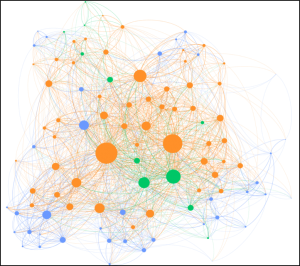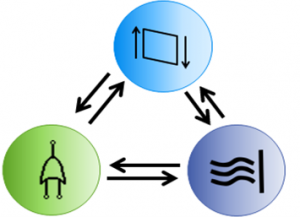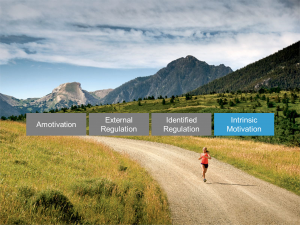Project Overview
NSF Funded – Grant Number: DUE 11-40554
Translating research to practice has been described as the “valley of death,” as research rarely makes the leap to affecting practice. This gap is particularly prevalent in the strategies and methods that faculty use to motivate their students. In science, technology, engineering, and mathematics (STEM) education, the research-to-practice gap for improving how faculty motivate their students is exacerbated by at least three challenges. First, faculty distrust the research that supports research-based instructional strategies (RBIS) as it often conflicts with their identities as technical content experts. Second, faculty are not willing to pay the perceived time and financial costs necessary to implement RBIS. Third, motivation research is particularly difficult for outsiders (e.g., engineering faculty) to interpret and apply without assistance, often running counter to their intuitions. Born out of these challenges, we created the Intrinsic-Motivation (IM) Course Design Method to provide one avenue for bridging this valley of death, addressing the motivation of both faculty and students simultaneously.
Course design methods provide faculty with a disciplined approach to shift their focus from simply sequencing content to designing their course to achieve desired outcomes. These methods have historically focused on improving students’ cognitive outcomes, while either ignoring motivation completely or treating it as a secondary or tertiary outcome. However, educational research has been increasingly revealing that students’ affect or motivation moderates their cognitive outcomes. Affective constructs such as self-efficacy beliefs can accelerate how students learn challenging course material and help them persist in learning activities when they fail. Motivational orientations toward learning have similarly been shown to improve learning and persistence, as intrinsically motivated students are more likely to invest in higher-order cognitive behaviors such as self regulation. As concerns about attrition and student disengagement abound in engineering education, we need to more deeply consider the motivational outcomes of our courses.
The challenges of getting faculty to use RBIS can also be thought of as a motivational problem. For example, the commonly cited challenges of time and financial costs can be understood as motivational barriers. Moreover, many instructors who attempt to adopt RBIS are often discouraged by student resistance or perceived failures and stop using RBIS shortly after beginning to using them. The ability to persist through failure and invest in the reflective and higher-order cognitive practices needed to improve can be gained by building faculty’s intrinsic motivation to learn how to improve their courses. Our course design method aims to apply motivation theory simultaneously to both faculty and students in the hopes of sustaining faculty engagement in research to practice.
Investigation Team
PIs: Geoffrey L. Herman (Illinois Foundry for Innovation in Engineering Education), Michael C. Loui (Electrical and Computer Engineering and Engineering Education), and David Goldberg (Three Joy Associates)
Graduate Students (past and present): Kyle F. Trenshaw, Renata Revelo Alonso, Katherine Earl, Kerri Ann Greene, Dong San Choi
Project Status
This caterpillar has become a butterfly. While the project itself has ended, the lessons learned are informing our efforts to create institution level change in engineering teaching and learning at Illinois.
NSF Proposal Text
Intellectual Merit: Whereas most previous reforms in engineering education have addressed courses in the freshman year and senior design courses or primarily learning in engineering science courses, this project will address primarily the problem of student motivation in core engineering science courses. We will determine whether methods for improving students’ intrinsic motivation can be conveniently implemented in traditional engineering courses without increasing faculty time. We will test the hypothesis that improving intrinsic motivation improves students’ understandings of core concepts and students’ attitudes toward engineering. For formative and summative assessment, we will use reliable, validated concept inventories and motivation surveys, in addition to evidence from interviews and reflective journals. The principal investigators, advisory committee, and external evaluator have extensive experience in engineering education and in engineering education research. The project will build on prior iFoundry efforts in transforming the freshman engineering experience.
Broader Impacts: In this project, graduate teaching assistants will learn how to promote intrinsic motivation in courses that they teach, not only as graduate students but later as faculty. We expect that pedagogies that promote intrinsic motivation will also reduce the stereotype threat felt by students from underrepresented minorities, which impedes their full potential for intellectual and professional achievement. We will disseminate our findings locally in instructional development programs sponsored by the Academy for Excellence in Engineering Education and by the campus’s Center for Teaching Excellence, and nationally in workshops sponsored by Olin College through the existing Olin-Illinois Partnership.
Projects
Innovation in Engineering and STEM Education |
How Students Learn Engineering and Computer Science |
Designing Educational Assessment Tools |
Intrinsic Motivation Course Conversions |